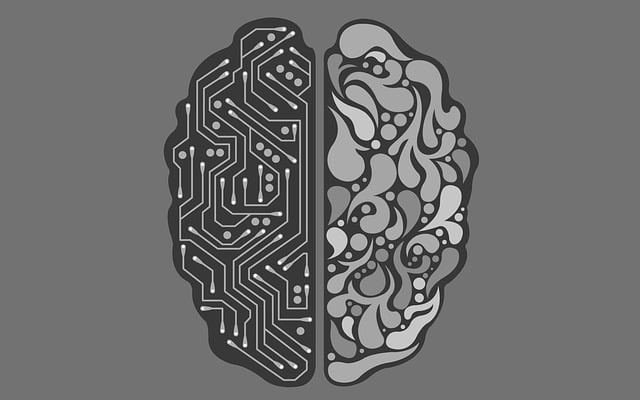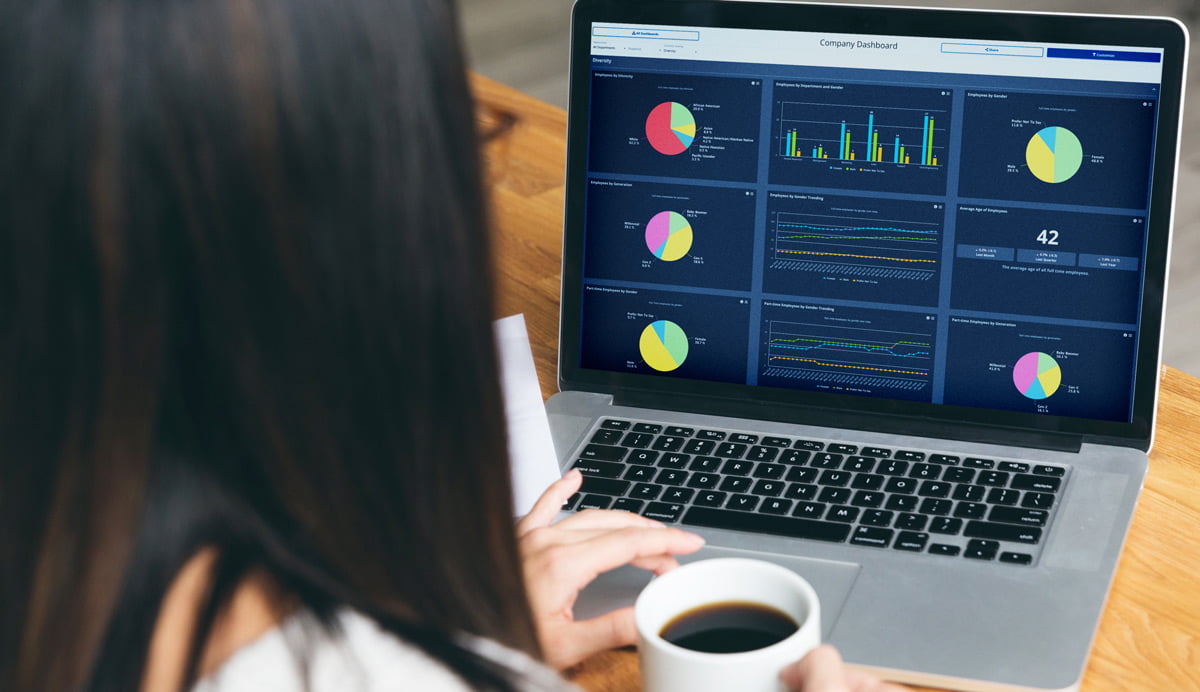
An HR Metric: Promotion Rate
Promotion rates seem like a simple HR metric but it can provide a lot of insight into aspects of your workforce such as organizational culture and employee engagement.
"HR Spreadsheets Suck! How to Modernize HR Reporting"Register Now
You have questions as a busy HR leader, and we have answers! Some of these may include the following. What is an HR dashboard? What is included in an HR dashboard? How do I create an HR dashboard? What should a monthly HR report include? Why do we need HR Dashboards?
Let’s jump into it. In short, an HR dashboard is a single source of truth for your HR data. It’s a visual display of key performance indicators (KPI) and HR metrics that give an overview of the current situation and quickly understand essential facts. HR dashboards show how things are going in business and with your employees. Dashboards help identify and measure what’s working and not and provide an early warning system for management. In HR, people analytics are more critical than ever for a thriving workforce. We strive to answer questions and give tips for HR managers around how to create an HR dashboard, why we need an HR dashboard for management, and the benefits of dashboards for HR and People Management professionals.
Scroll down to see more about the human resources metrics to find out what should be included in an HR dashboard, discover implementation best practices to create your dashboard, and HR analytics and reporting automation using the Employee Cycle HR dashboard solution. Employee Cycle is a powerful HR analytics dashboard solution that is easy to get up and running in minutes. Discover more about our HR analytics and data visualization software and read about features here.

Promotion rates seem like a simple HR metric but it can provide a lot of insight into aspects of your workforce such as organizational culture and employee engagement.

Metrics and data are never the answer to changing culture, but they are an invaluable tool for finding effective solutions for employee relations.

Span of control is just one more meth % HR can use to solve strategic problems within an organization and improve business decisions.

Organizational network analysis can be an insightful tool for HR and business leaders to learn the “why” or the story behind organizational issues.

Understanding workforce data with descriptive, predictive, and prescriptive HR analytics is important for HR to become a strategic business partner by providing key insights that improve business strategy.

The Time to Hire Metric is an important method to making sure recruitment processes work to attract talent and not lose them to competitors.

Artificial Intelligence expands the capabilities of machines with automation and both will have a great impact on the workplace. HR Metrics can assist with that process.

Diversity is nothing without real inclusion. HR should foster an organizational culture that supports both. Any HR initiatives need metrics to indicate whether DEI initiatives are working or not.

The best employee referrals come from successful employee referral programs that are supported by HR metrics and HR data.

Data visualization is a crucial tool for helping HR ensure the people data is understood within the organization’s leadership by telling a compelling story.

HR is the gatekeeper for data and navigating data privacy can be intimidating. Creating a data privacy policy will help mitigate risk and minimize liability.

KPIs help HR to discover which strategies work or working. KPI’s tied to HR metrics provide a way to measure such policies.

Calculating cost-per-hire can be a daunting and time-consuming task. Once calculated, this HR metric will provide the knowledge to make the right workforce strategy decisions.

Fostering a culture to support and promote employee engagement has lasting effects on the organization’s success. HR metrics can support employee engagement and increase productivity and efficiency.